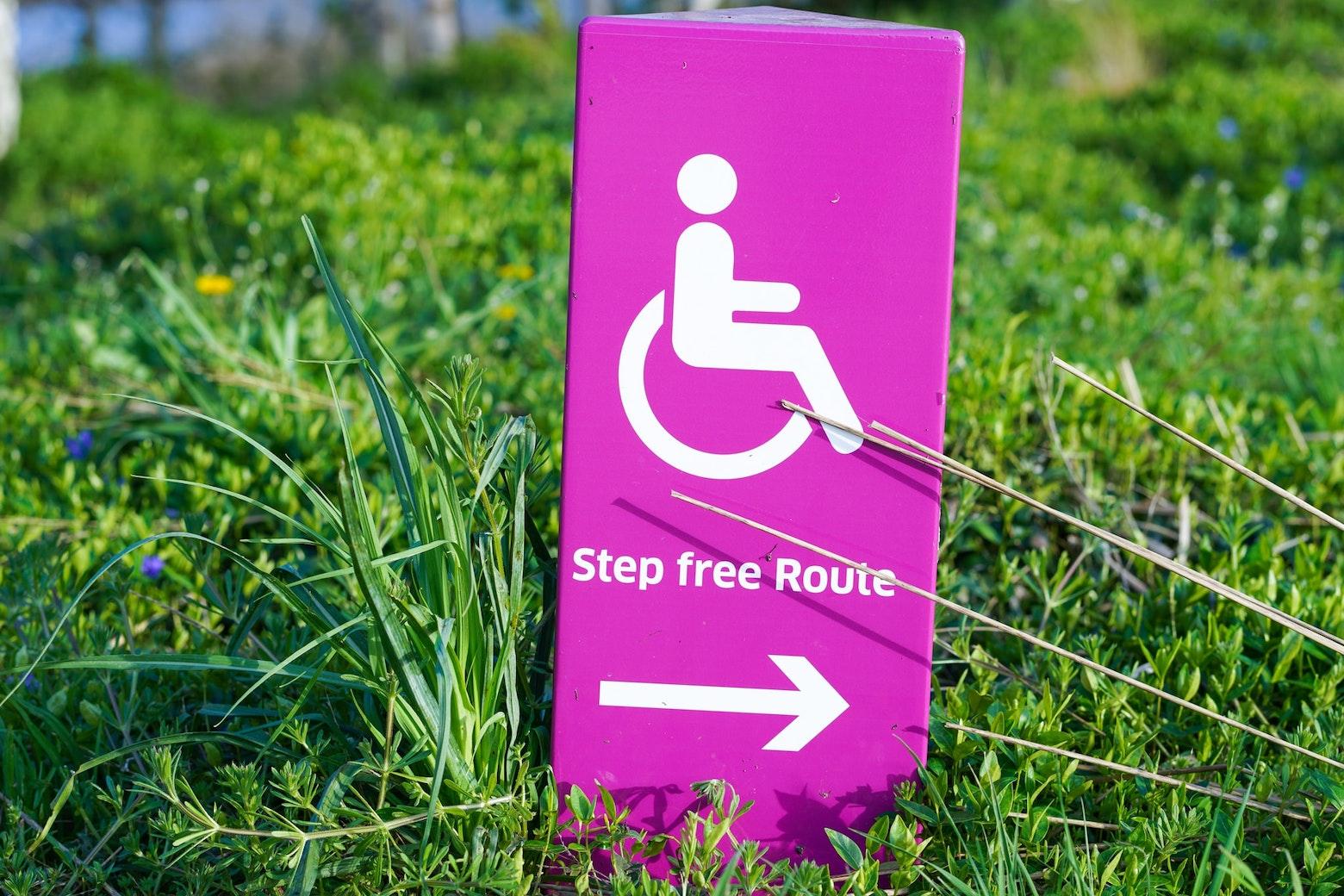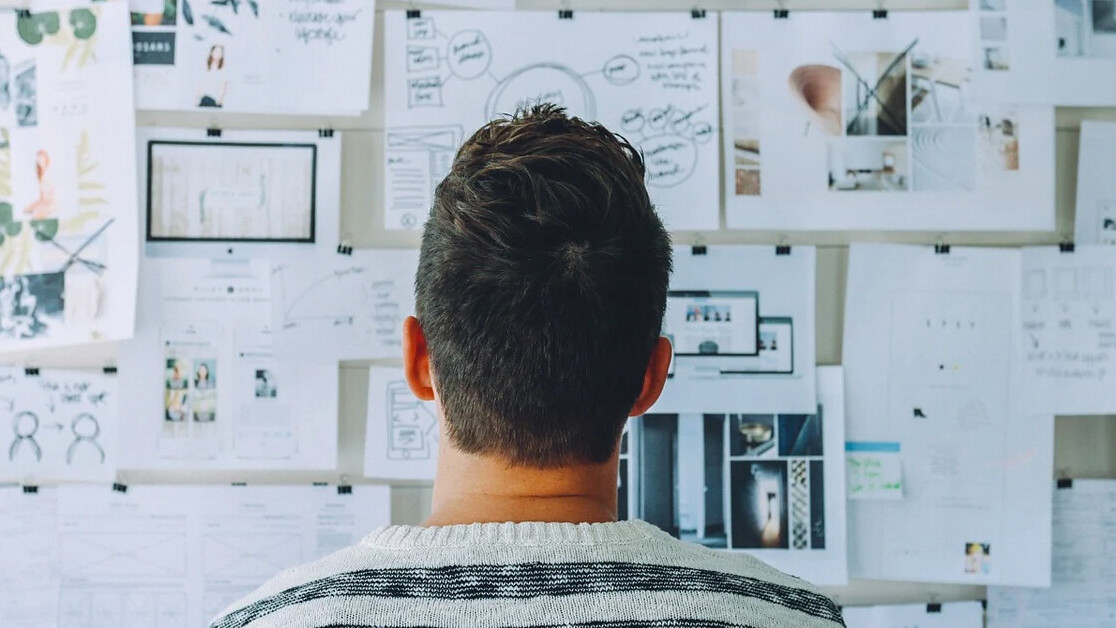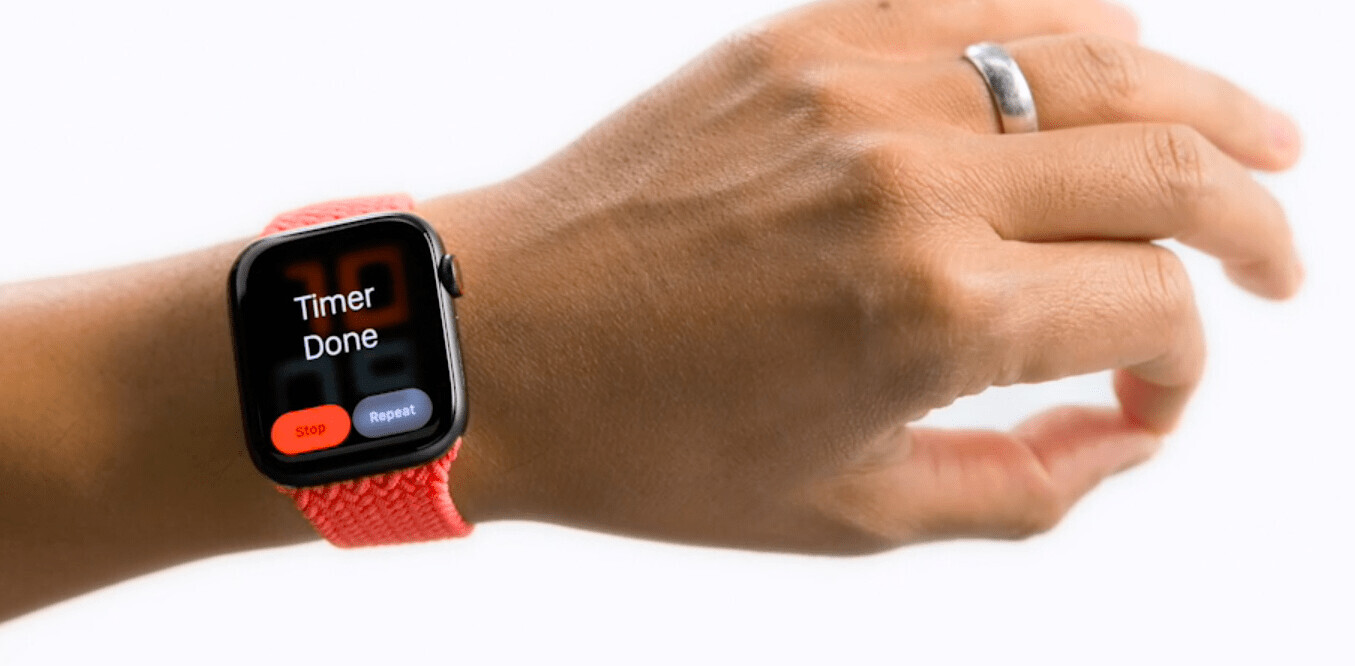Did you know TNW Conference has a track fully dedicated to exploring new design trends this year? Check out the full ‘Sprint’ program here.
What does someone who’s hard of hearing, someone with a severe ear infection, and a commuter on a packed subway who forgot their earphones have in common?
They would all struggle to interact with audio content in a digital interface.
There are two primary ways to approach design that can solve problems such as this: accessible design and inclusive design.
Accessible design has guidelines in place to assist people who are hard of hearing. But UX designers following those guidelines may ignore a temporary disability (the ear infection) and would likely never consider the commuter in their design process.
On the other hand, inclusive design looks at the diversity of experience that may exclude a person from using an interface effectively. In fact, they may start with the commuter, and then consider the other types of people who could benefit from the same solutions. In the case of audio content, that may be subtitles or a transcript of the audio content.

Inclusive design is process-based
Accessible design focuses on the outcome or end result of a design project. It’s based on accessibility guidelines published by various governmental and industry groups, which aim to make sure people with disabilities can access websites and other digital products effectively.
Inclusive design is closely related to accessibility, but rather than an outcome, it’s a methodology for how to approach design. It’s a process for creating a design that can be used by a diverse group of people.
Inclusive design and accessible design both focus on the idea that disabilities happen at the intersection where people and their environments interact. Inclusive design, in particular, recognizes that solutions that work for people with a disability are likely to also work well for people in diverse circumstances.
In the digital realm, the process of inclusive design starts by identifying situations where people are excluded from using particular technologies. Recognizing that exclusion can happen to anyone depending on the particular circumstances is a key element to inclusive design methodology.
Accessibility is one outcome of inclusive design
While inclusive design and accessibility are not the same thing, accessibility is one of the primary outcomes of an effective inclusive design process.
Accessibility on its own, though, will leave out large sections of the population who don’t have a defined, legally recognized disability but may have issues interacting with interfaces based on particular circumstances in their environment. Inclusive design actively seeks out those diverse situations, which include disabilities, and aims to address them.

Where inclusive design and accessible design meet
While there are definite differences in the approach of inclusive and accessible design, there are also a lot of similarities. Both are tools that empower designers to create digital products that can be used by the largest group of people, regardless of their current circumstances.
Accessible design and inclusive design work hand in hand to lower barriers that exclude people from using digital products effectively. These barriers are often created inadvertently during the design process when designers create products for people like themselves. By employing inclusive design methodology and empathizing with diverse groups of people, designers can create products that are accessible to all.
One way that both inclusive design and accessible design can improve is to learn from the ways real people adapt to technological barriers in a given context. By studying the ways people have found to adapt to situations, designers can create better solutions. If, for example, a person uses text to speech in order to listen to an article when they aren’t able to read it (either because of a situation or a disability), designers could provide an audio version of the article.
Every designer, regardless of their specialty, should aim to create digital products that can be used by the widest range of people. To do that, they must step away from preconceived notions of what a “typical” user is, and instead, look at people as unique, diverse individuals who have differing abilities at different times in their lives, based on their particular environment.
When designers pay attention to the people who are actually using the products they develop, and how they adapt when something doesn’t work well for them, UX designers can use inclusive design principles to create user-friendly products that work for the majority of people and meet accessibility guidelines in the process.

The Toptal Design Blog is a hub for advanced design studies by professional designers in the Toptal network on all facets of digital design, ranging from detailed design tutorials to in-depth coverage of new design trends, tools, and techniques. You can read the original piece written by Cameron Chapman here. Follow the Toptal Design Blog on Twitter, Dribbble, Behance, LinkedIn, Facebook, and Instagram.
Get the TNW newsletter
Get the most important tech news in your inbox each week.





